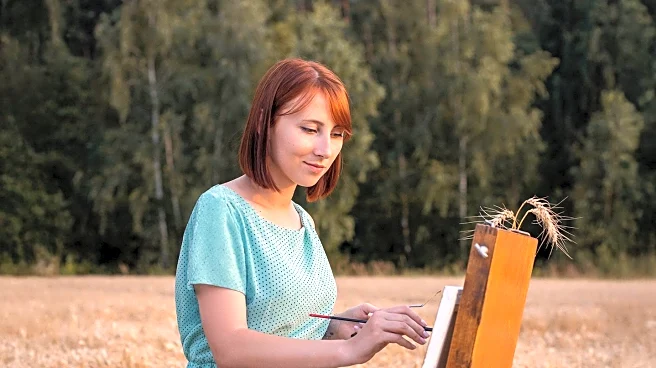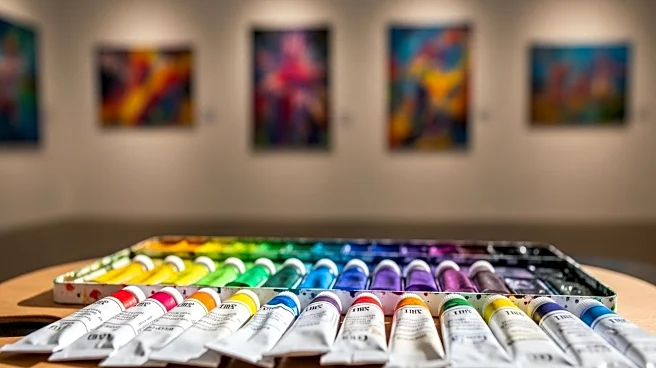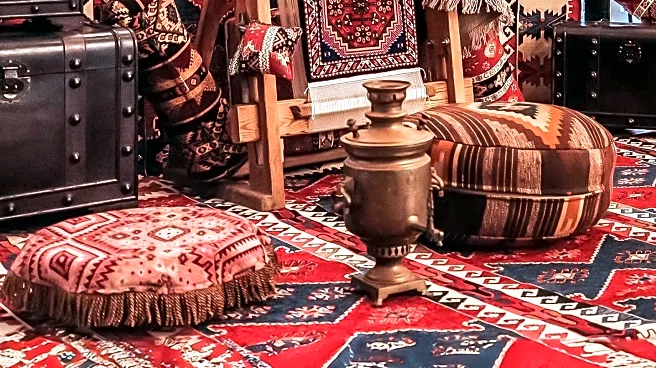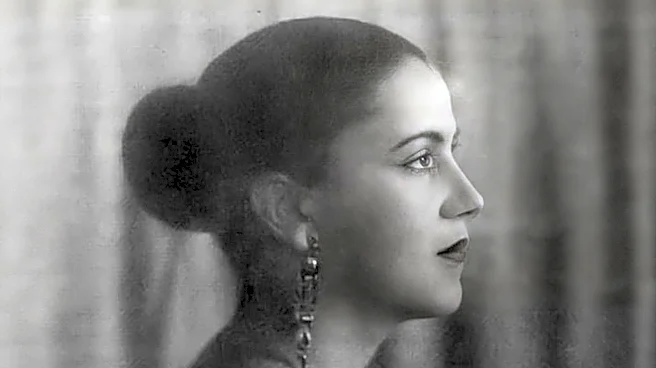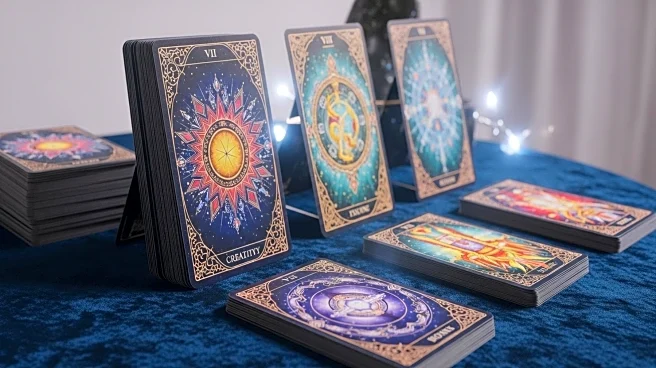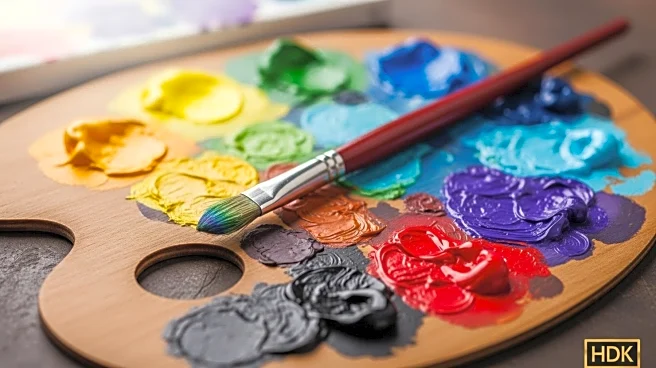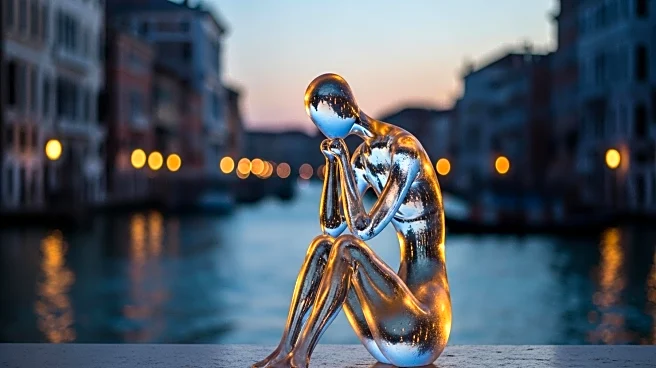What's Happening?
Michaelina Wautier, a female Flemish artist from the 17th century, is being recognized as an old master through a new exhibition at Vienna's Kunsthistorisches Museum. The exhibition, opening on September 30, gathers all known works by Wautier, including monumental history paintings, portraits, and allegorical treatments such as 'The Five Senses.' The Triumph of Bacchus, a large oil painting depicting a wild parade, serves as the centerpiece. Wautier's work is notable for its scale and variety, which was uncommon for female artists of her time. Her paintings, often attributed to her brother Charles, are now being reassigned to her, highlighting her unique contributions to baroque art.
Why It's Important?
The recognition of Michaelina Wautier as an old master challenges historical narratives that have often overlooked female artists. Her ability to work on large-scale paintings and diverse subjects sets her apart from her contemporaries, who typically focused on smaller works like still lifes. This exhibition not only elevates Wautier's status but also contributes to a broader reevaluation of women's roles in art history. It underscores the importance of reassessing historical attributions and recognizing the contributions of women who were previously marginalized. This shift can influence how art history is taught and understood, promoting a more inclusive narrative.
What's Next?
The exhibition may prompt further scholarly research into Wautier's life and works, potentially leading to more discoveries about her contributions and influence. As her works gain recognition, they may attract interest from collectors and museums, increasing their visibility and value. The exhibition could also inspire other institutions to reassess their collections and consider the overlooked contributions of female artists. This could lead to more exhibitions and retrospectives that highlight the work of women in art history, fostering a more inclusive understanding of the field.
Beyond the Headlines
The exhibition raises questions about the historical barriers faced by female artists and the systemic biases that have led to their underrepresentation. Wautier's ability to paint lifesize male nudes suggests she had access to resources and training typically denied to women, indicating possible connections to aristocratic circles. Her work reflects a modern sensibility, portraying the complexity of human experiences through allegory. This exhibition not only celebrates her artistic achievements but also invites reflection on the cultural and social dynamics of her time, offering insights into the challenges women faced in pursuing artistic careers.


